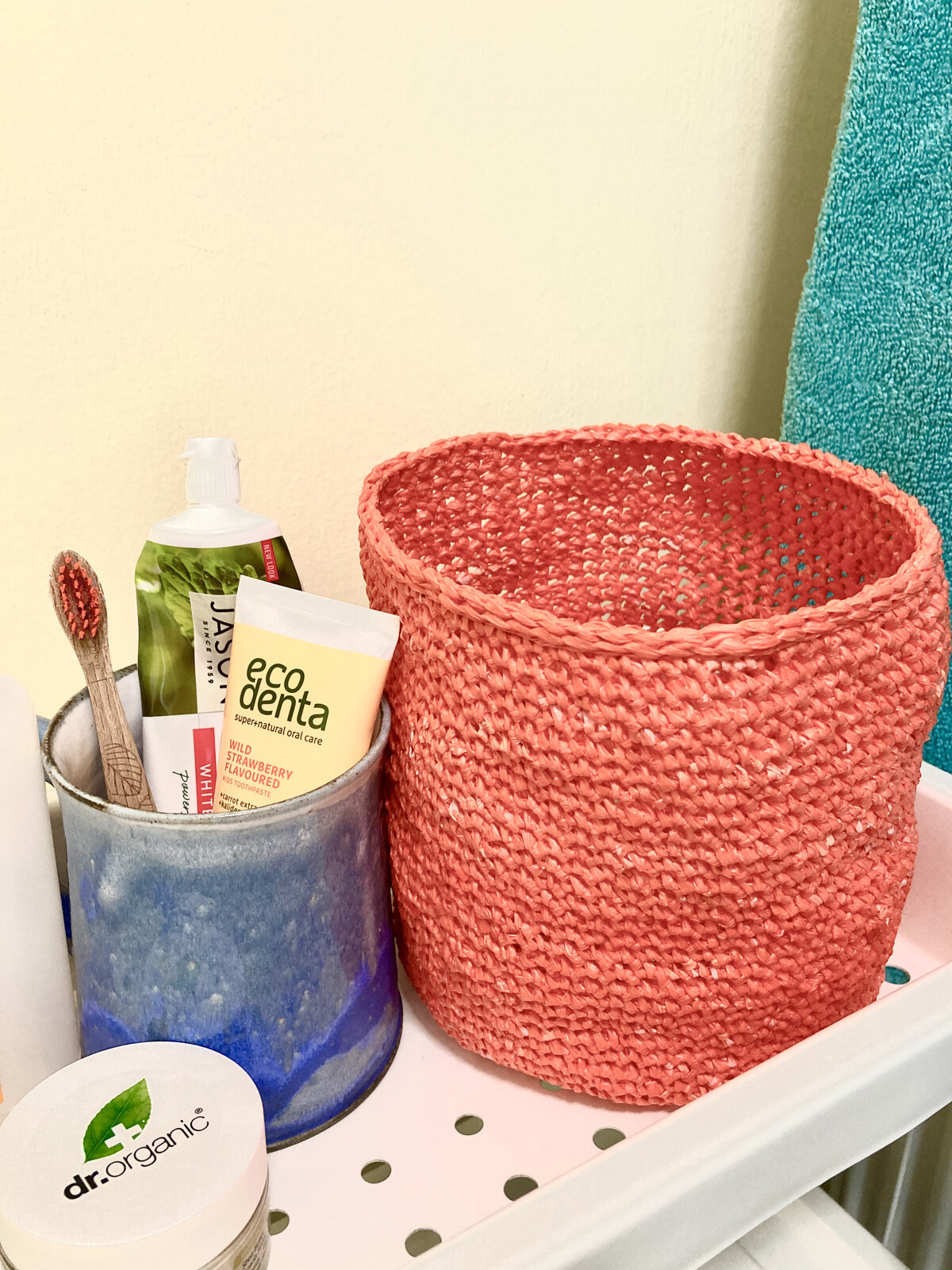Image Source: http://igor.gold.ac.uk/~msegg002/wordpress/wp-content/uploads/2016/11/Bussey-Buiding-After.jpg
What was most apparent was a sense of sadness that Peckham's thriving subculture seems destined to be cut off in its prime. This proposal is one of many currently being quietly pushed through by Southwark council, who were not in attendance, that include:
Peckham Rye Station (Peckham Print Studio, The Sunday Painter, Bar Story, Peckham Springs, Hannah Barry Gallery), the multi-storey car park (Frank's rooftop bar, Peckhamplex Cinema, Bold Tendencies, Ali Baba Juice), and there was mention of residential developments planned for a building next to Canavan's Pool Club which will surely put an end to the Rhythm Section events and its nightclub status.
Now if you imagine 5-10 years into the future that those businesses are gone, all the buildings have been redeveloped and look all shiny and new and replacing them are something similar to every other high street in London. The shop rents have gone up with the house prices and all the other businesses on rye lane have been pushed out because they can't keep up. All the students and creatives have moved elsewhere because their landlord has followed every other landlord by capitalising on the desirability of the area and raised the rent beyond their means. There are no more 'interesting locals' or 'creative entrepreneurs'. It's a soulless ghost town.
That could happen because the wave of property developers that have descended on Peckham like a flock of vultures seem to be completely unaware of its fragility. It's not going to be another Shoreditch because it hasn't had a chance to build on its popularity. I've been in this area for the last 10 years, as a student and as a professional, and since the overground connection was finished a few years ago its got more and more attention. But it's not completely established itself yet in terms of a 'scene', it's growing fast but has not yet enjoyed the glory days that give longevity.
If I was a smart property developer and I wanted to invest specifically in Rye Lane I wouldn't be putting my money into flats or houses. I would look at what the area is known for - creativity and culture, what the area is lacking - bars and nightclubs, and what the people on the high street are most interested - shopping, eating, drinking, beautifying. That may be massively simplifying the richness of the area but you get the idea.
Why not build a new shopping arcade following the popularity of Holdrons Arcade with retail units showcasing local designers and makers and a gallery space.
Or build a venue in collaboration with Rye Wax and YAM Records that could host DJ nights as well as sell records.
If you want to appeal to the wealthy then stick a VIP bar on the top and the rich can sneer down at the commoners all day long for a pricey membership fee.
Since the meeting I have been working over all the things that were said and the raw emotions I saw in the faces and voices of everyone that spoke. We're all afraid of losing what we've been working towards for years, what we put our heart and souls into to create. There was however resistance, a representation of the fact that we won't let it just happen. And that is what will save us if anything can.
If you haven't signed the petition yet here's a link:
https://www.change.org/p/shanali-counsell-southwark-planning-object-to-plans-for-housing-development-at-133-rye-lane-gateway-to-the-bussey-building?recruiter=187238481&utm_source=share_petition&utm_medium=copylink
And here are some links to the proposed development projects:
Peckham Rye Station
http://www.southwark.gov.uk/info/823/regeneration_projects/3375/peckham_rye_station
Multi-Storey Car Park
http://www.peckhamvision.org/wiki/Multi-Storey_Car_Park#Future_of_the_building


















